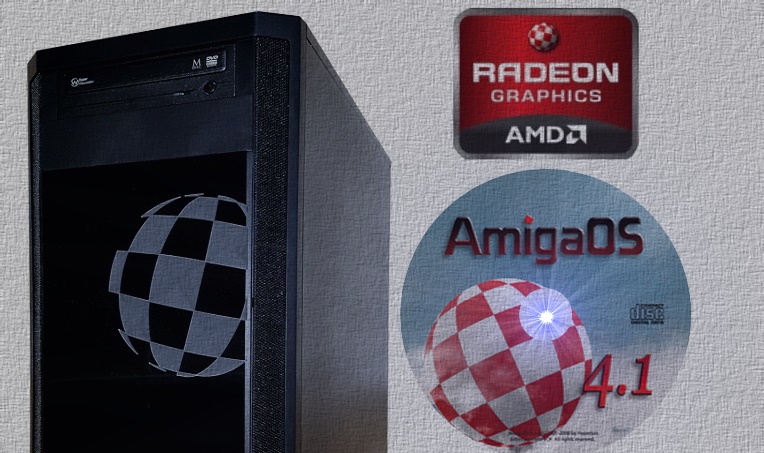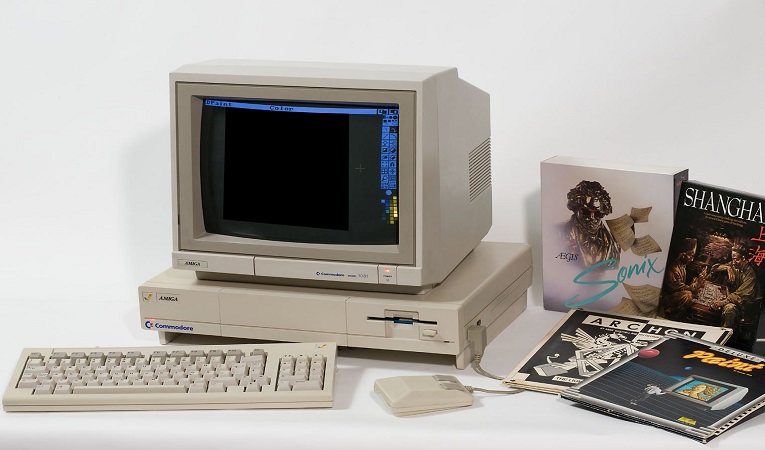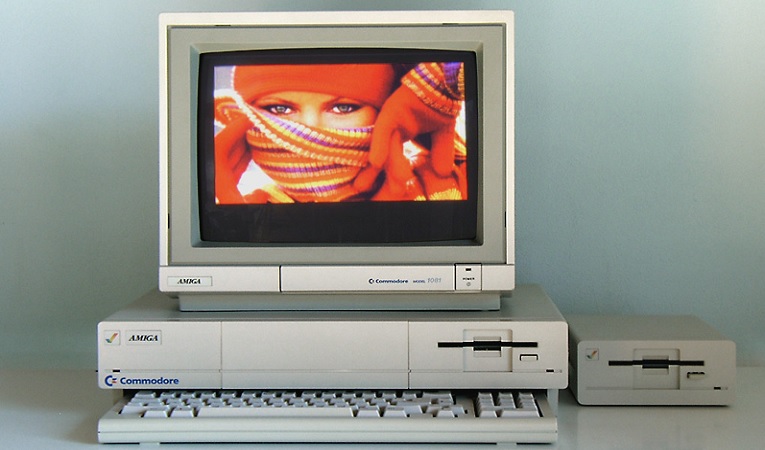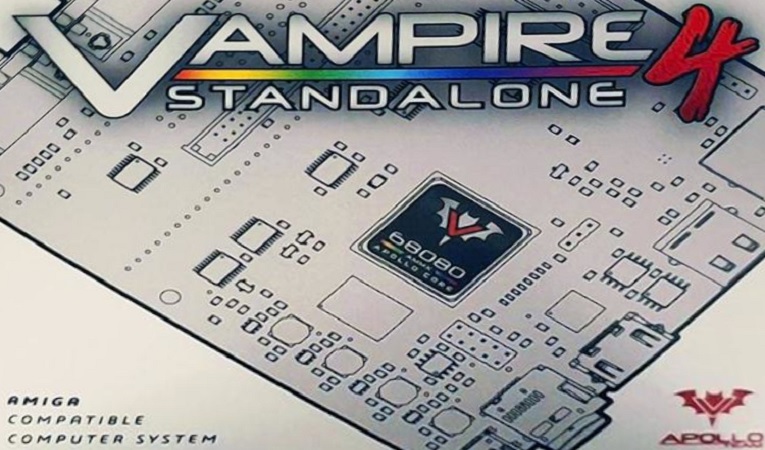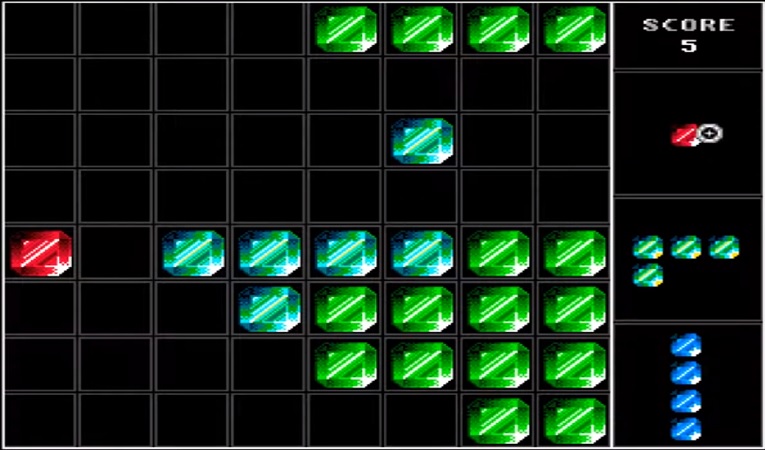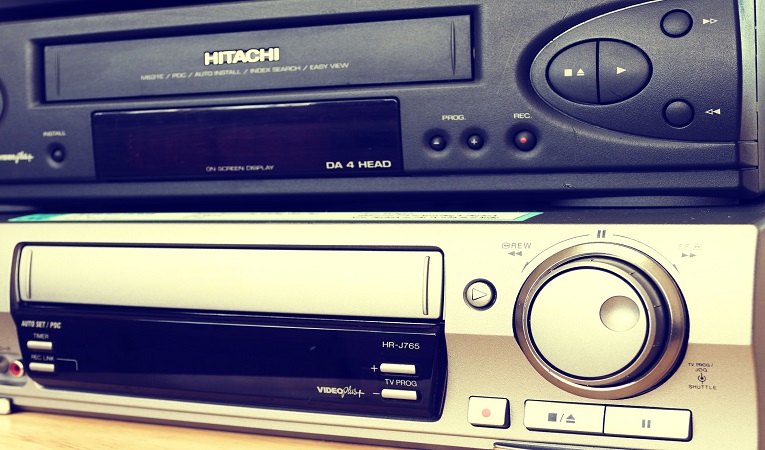
A research team discovered that by adding a drop of electrical charge to semiconductor material known as ferroelectric hafnium oxide (HfO2), it is possible to control four individual atoms to store 1 bit of data. This groundbreaking research has overturned the existing paradigm, which is capable of storing 1 bit of data in a group of thousands of atoms, at best. When properly applied, a semiconductor memory can store 500 Tbit/cm2, 1,000 times bigger storage than flash memory chips that are currently available. Ferroelectric random access memory (FeRAM or FRAM) stores information through the phenomenon of polarization, in which an electric dipole, like the N-S magnetic fields inside ferroelectrics, are aligned by an external electric field. FeRAM has emerged as the next-generation memory semiconductor to replace the existing DRAM or flash memories, as it is faster, uses less power, and even retains stored data after the power is turned off.
news source: miragenews / image source: pixabay





